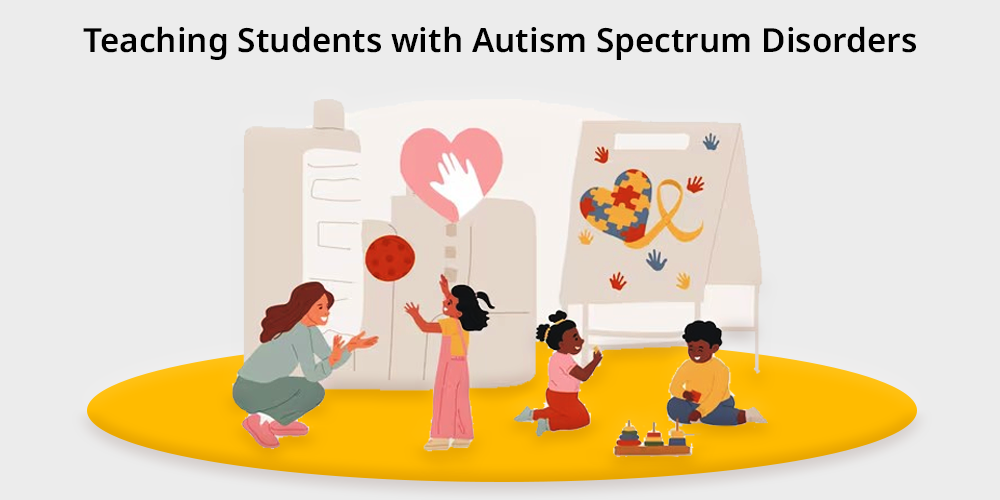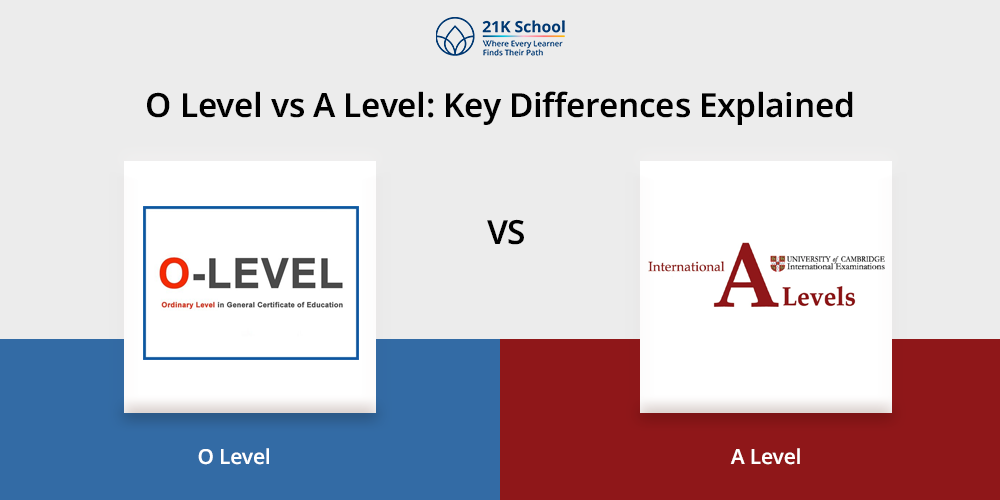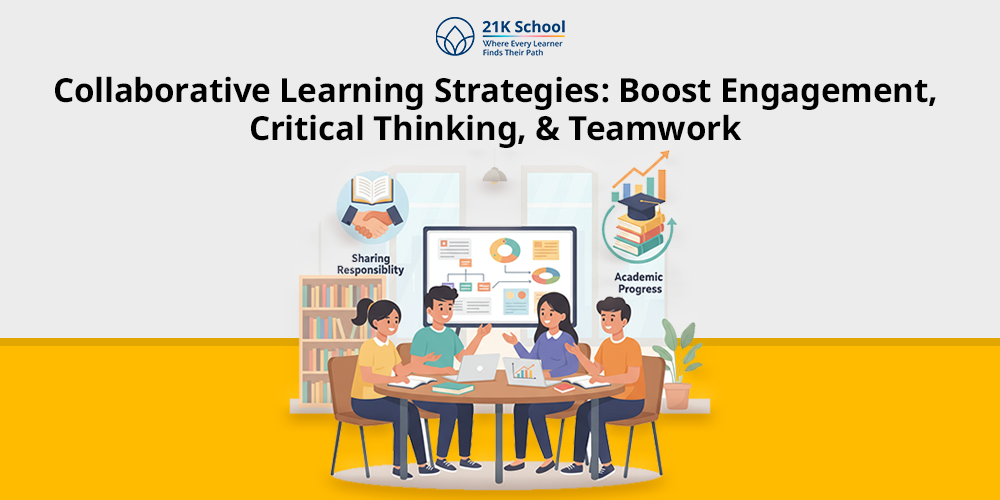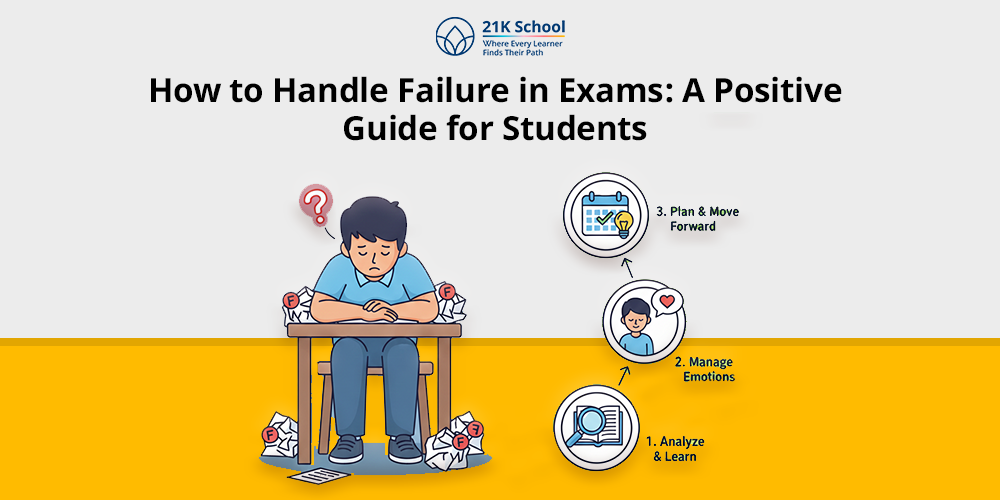
The education of a child with Autism Spectrum Disorders (ASD) demands intentional, inclusive and dynamic, and individualized strategies. Autism is a neurodevelopmental condition that affects the way in which a person interprets the world and relates to others.
It has communication, sensory processing, social and behavior regulation issues. But it is found that every child with ASD is different. Structured and interesting activities may be employed to support children’s development in emotional, social and sensory areas.
This article discusses the challenges encountered by students with ASD in the classroom setting, including practical teaching activities for development.
Table of Contents
Understanding Autism Spectrum Disorders
Autism Spectrum Disorder is not a diagnosis with a universal scope of application. It includes a broad set of strengths and challenges each differs from one child to another.
And possibly, some are great in the memory and attention to detail. But found to be weak in entering others’ emotional world or their use of gestures. The others can have hypersensitivity to lights, sounds or textures.
That is the first step in generating a positive learning environment to identify these varied experiences.
Challenges Faced by Students With ASD In Traditional Classrooms
There are several limitations that prevent the teaching of students with autism spectrum disorders.
In conventional classrooms, where inclusivity is yet not rendered finds possibilities of social, behavioural, and language barriers.
1. Communication and Language Hurdles
ASD-affected students in the classroom might have late speech, repetitive speech, and be reluctant to interpret figurative language. Such barriers influence participation in the class and interactions with the peers.
The importance of communication skills is equally vital for each and every student, be it autistic or any other.
Solutions:
- Utilize visual supports like picture schedules, communication boards and visual cues.
- Interactive solutions can use assistive communication tools (e.g.: PECS, AAC devices).
- Promote easy, straightforward speech and instructions that can be easily read.
- Implement social stories in order to learn context-specific language and interaction.
- Give enough time for processing and answering.
2. Sensory Overload From Environment
Bright lights, loud noises and chaos can be over-intense for ASD students, causing meltdowns, anxiety, or a child to withdraw. With humane patience and intellect these children can be developed to excel in different fields.
Solutions:
- Establish sensory-friendly space or check space in the classroom.
- Please allow the use of noise canceling headphones, fidget tools or weighted blankets.
- Change the lights – use natural or tender lamps instead of the bright fluorescent bulbs.
- Lower background noise and prevent explosive noises.
- Provide scheduled sensory breaks during the day for self –regulation.
3. Complications in Social Integration
Students with ASD have difficulty recognizing non-verbal clues, initiating contact, or holding friendships in many cases, resulting in social isolation.
Such problems prevent students from experiencing peer interactions or having a social life.
Solutions:
- Bring peer-mentoring programs to consider inclusive friendships.
- Teach social skills in a very explicit manner with role–play and group games.
- Use visual scripts and cue cards for frequent social interactions.
- Promote organized group activities that have definite roles and expectations.
- Reward good socializations.
4. Limitations in Academics
Inability to focus, perform executive functions, and distracted thinking may interfere with ability to perform in academics. With proper assistance, autistic kids can also perform in activities the way they are expected to be traditionally.
Solutions:
- Do not hold back from utilizing individualized education programs (IEPs) to fulfill specific learning needs.
- Divide tasks into tiny achievable goals accompanied by visual directions.
- Provide for different evaluations (oral presentations, not written examinations).
- Apply special learning strategies including Applied Behavior Analysis (ABA), or task boxes.
- Offer individual or group consultation when necessary.
5. Differences in Behaviour and Judgements
Students diagnosed with ASD are likely to display repetitive behaviors, rigid routines or extreme interests. These differences could be interpreted as deliberately being defiant or inattentive, hence misjudgements.
Solutions:
- Be concerned with positive behaviour support strategies, not punishment.
- Use behavioral interventions that are special plans of triggers and needs.
- Teach visual emotion charts or apps how to self-regulate.
- Make the right behavior stable through the reward system.
- Make sure to have all students follow a predictable routine and react in the same way to behaviors.
Effective Activities of Teaching for Students with Autism Spectrum Disorders
For Social Development
1. Emotion Cards
Emotion cards are small picture charts to enable the students to relate to other emotions and articulate various feelings.
- Materials Required: Printed cards with facial expressions/emotions
- How to Do It: Present the student with a card and ask them to name the emotion or tell you a time when they experienced it.
- Bonus Tip: Utilize a mirror, in combination with the cards, to allow the students to reproduce and internalize face gestures.
2. Sharing Time
Sharing time is one of the exercises that encourage their views on any topic in autistic students. This exercise is based on turn-taking and active listening.
- Materials Required: Talking stick or object, timer
- How to Do It: During circle time, a talking stick is passed around; each of the children gets a chance to share something.
- Bonus Tip: Establish rules for active listening and give students a chance to pass, if they do not feel ready to share.
3. How Would It Feel
It is a game that promotes empathy through assuming different people’s feelings in different circumstances by asking students “how would it feel?”.
- Materials Required: Situation cards (for example, “That your friend lost his toy”)
- How to Do It: Read a card and ask the student what he or she would imagine a person might feel and why.
- Bonus Tip: Use real-life examples to build emotional insight.
4. What Would You Do
Asking basic questions like “what would you do” develops problem-solving and social reasoning in children with autism.
- Materials Required: Scenario cards (e.g. “Someone pushed you by mistake”, etc)
- How to Do It: Present situations, and allow students to choose or act out proper responses.
- Bonus Tip: Reward correct answers by giving praises or pictorial images of good choices.
5. Name Game
Name game is an easy ice-breaker activity to start personal recognition and attention.
- Materials Required: None
- How to Do It: In a circle, one calls out their name and does an action while others just echo the name and action.
- Bonus Tip: Bring movement in for better engagement and retention.
For Emotional Development
1. Coloring
Coloring aids in regulating emotions and being attentive.
- Materials Required: Coloring sheets, crayons or markers
- How to Do It: Give theme based sheets (feelings, nature) and let the children color quietly.
- Bonus Tip: Coloring acts as a medium of retreat from energy-packing activities.
2. Calming Down Cards
Calming-down cards teaches ways of handling overwhelming states.
- Materials Required: Illustrated cards containing calming methods (such as deep breathing, counting to 10), etc.
- How to Do It: Present the cards and allow the child to choose a strategy when he / she is unhappy.
- Bonus Tip: Practise each of the techniques regularly, before it is needed in real time.
3. Grounding Techniques
Children learn to cope with anxiety by identifying chaos within the moment with the help of grounding techniques.
- Materials Required: Grounding checklist or visual chart
- How to Do It: Take the student through steps such as naming five things that they see and four things that they touch, etc.
- Bonus Tip: Turn it into a game or a song to make it pleasant and memorable.
4. Retreat Zone
Retreat zone serves as a safe place to de-escalate or pause to notice and regulate hastened emotions.
- Materials Required: Cushions, soft lamps, fidget stuffs, visuals
- How to Do It: Assign one corner of the classroom where the student can go and self-regulate.
- Bonus Tip: Educate the students so that they learn that going to the retreat zone is an active choice, not a punishment.
5. Mindfulness Activities
Mindfulness activities promote self-awareness and emotional balance, and can be done in any quiet space.
- Materials Required: Guided audio /visual aids or breathing balls
- How to Do It: Take a break in a safe and quiet space. Play a guided audio and breath sequentially while imagining the beauties in the audio. Rest by yourself and breathe mindfully.
- Bonus Tip: Make sessions short (3-5 minutes) but consistent for maximum effect.
For Sensory Development
1. Fidget Toys
Fidget toys are squeezable art for sensory play and fun. They assist in maintaining focus and help to drop sensory stress.
- Materials Required: Fidget spinners, putty, squishy balls
- How to Do It: Allow students to use toys secretly on tasks.
- Bonus Tip: Rotate toys to ensure that they keep children interested.
2. Sensory Bin
Sensory bin is a container with filler material. It stimulates tactile exploration.
- Materials Required: Bin with filled rice, beans, sand or foam, hidden objects.
- How to Do It: Ask the student to locate and label objects in the bin.
- Bonus Tip: Organize bins based on themes (letters, colors, animals for example) to improve learning.
3. Sorting Out With Snacks
Sorting out snacks is a funny approach to activate several senses and form categories in kids.
- Materials Required: Snacks with different colours (for example, cereal or gummy bears), sorting trays
- How to Do It: Tell the students how to sort them, by colour, or shape or texture.
- Bonus Tip: Make it a counting and pattern game.
4. Musical Chairs
Musical chairs are one of our favourite plays from childhood including music and chairs. It increases body awareness and responsiveness.
- Materials Required: Chairs, music player
- How to Do It: Play music and make students shuffle around chairs withdrawing one each round.
- Bonus Tip: If something is too loud play with visual cues instead.
5. Slime Experiments
Slime experiments support tactile exploration and creativity.
- Materials Required: Glue, baking soda, contact solution, food coloring.
- How to Do It: Teach a group of students to make slime-they can mix it, squeeze it, stretch.
- Bonus Tip: Provide gloves for those kids who are cautiously eschewing the slime. Work under adult guidance.
In Conclusion
The educational instruction for students with autism spectrum disorders requires empathy, creative thinking skills, and flexibility.
Understanding their difficulties and applying a structured plan can surely sort out maximum issues of feeling isolated and discriminated against.
With the help of sensory-active, and emotional activities teachers can create a setting with positive and inclusive education. When students with ASD are accorded the right support, they excel in their academic endeavor and learn life skills.
Never forget that inclusion is more than simply giving access. It is engagement, empowerment and neurodiversity that is to be respected.



